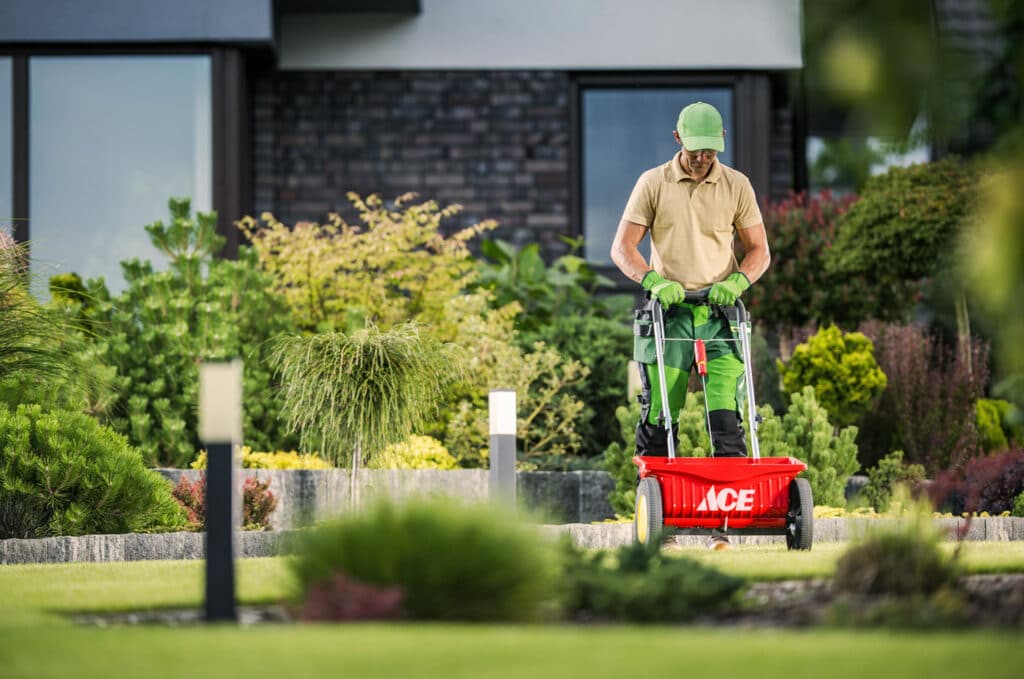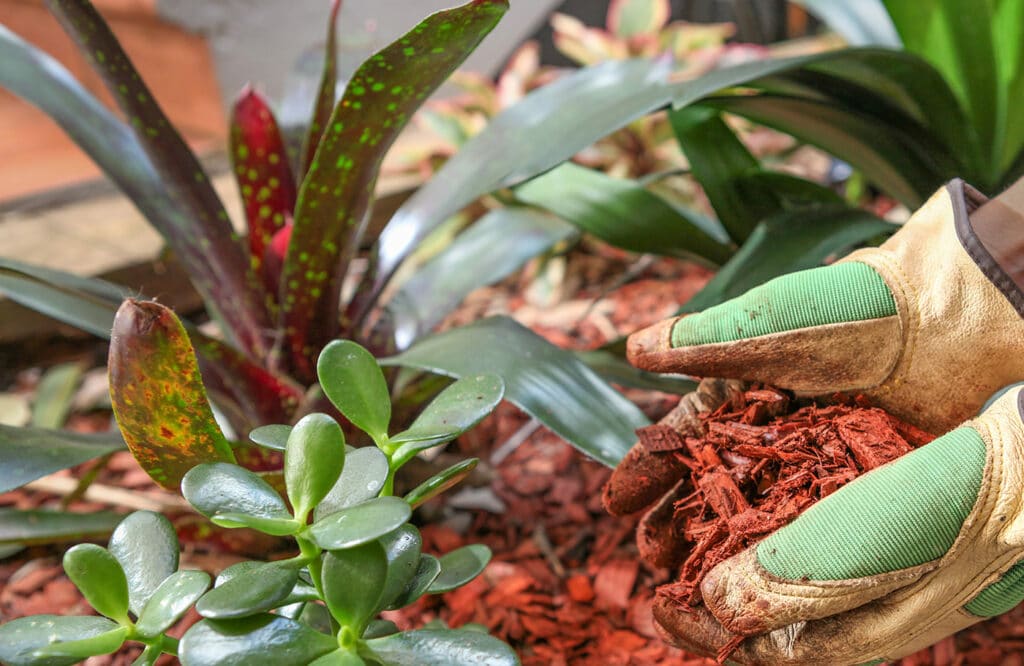6 Fall Lawn Care Tips for a More Beautiful Spring
With a little effort and preparation now, your spring lawn can look lovely and healthy much earlier than normal. So we asked our friends at STIHL outdoor power tools to give us a rundown of good tips for fall lawn care that help the most. Keep in mind that this list doesn’t need to be followed in order. Here’s what they said.
1. Aerate Soil for Uniform Looks – We’ll start with the most labor-intensive task. Aeration helps loosen soil so grass and plants can root and grow easier. Start by cutting your grass shorter than normal and then water it until you feel damp soil about an inch deep. Mostly healthy lawns will only need a single pass with an aerator tool. Dried out or problem lawns will need two or three passes.
2. Fling That Fertilizer – If you aren’t sure if your lawn needs a pH boost, buy a soil testing kit or rapid-read meter and perform tests in several areas of your lawn. Once you can determine how much fertilizer your lawn needs, shop for a seasonal program based on your readings. Most lawns will respond positively to a two-tiered program about a month to six weeks apart. Here is more info about fertilizing your lawn in the fall.

3. Prune to Avoid Problems – Take a good look at your trees and make sure there aren’t any limbs that appear “dried out” or off color, which can signal problems like insect infestation, disease or wind damage. Use a pole saw (or a professional service) to clip these off and remove them before they can cause damage to items or plants underneath. Once that colder fall air moves in, that signals the time to clean up your plants and shrubs for the winter, because they are no longer growing. Using hand shears, take down your perennials to near soil level and your shrubs and hedges down past any buds.
4. Mulch to Seal In Moisture – The year-round benefits of keeping mulch over your plant and flower beds should be pretty obvious, but the same preservative properties during colder months are especially beneficial. A good layer of mulch helps your soil retain much-needed moisture, it prevents weeds from rooting, and it will even help protect plant roots from extreme temperature damage. Lay it thick and add to it if you notice it thinning out over the winter.

Adding mulch to your garden, plant and flower beds before the cold temperatures move in is a great way to help protect them against damage. And it looks great!
5. Don’t Let Leaves Pile Up – They may look lovely and evoke feeling of home, but if you let leaves collect too much on your lawn, it’s hard for your grass to revive itself in the spring. If you want to take the path of least resistance and only have to deal with leaves from a tree or two, simply use a mower with a good mulching blade to chop it all up. If the leaf levels are really high on your property, you may have to resort to something more task-intensive such as leaf blowers or shredder vacs. If you’re more the type who wants a light environmental impact, there’s always a long-handle rake and a big pack of lawn bags.
6. Watch That Watering – We understand that taking pride in a well-cared-for lawn can be a big deal to many of our shoppers. But the fact remains that there’s so much misinformation about lawn care out there, it can be tough to cut through. One of the most common misnomers out there? Watering schedules. Many people don’t understand that lawns don’t require daily watering. Much of that water mostly evaporates and it can even encourage grass disease if left unchecked. Regular lawns in moderate climates will only need about an inch of water a week. This means you can perform the task about once every 4 to 8 days, ideally in the early mornings.
For more tips about creating a great lawn and garden space, visit the Project Guides section at STIHL.

